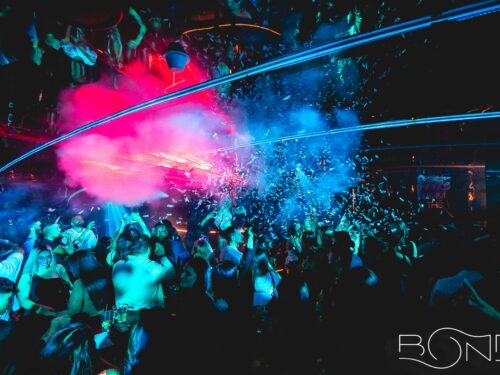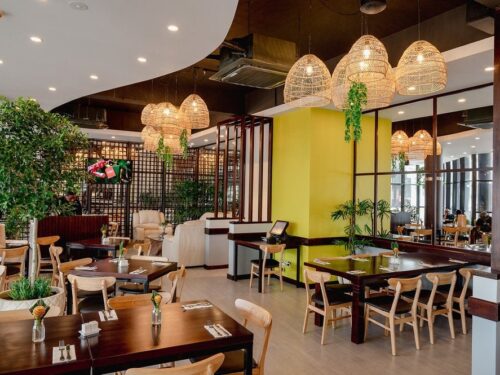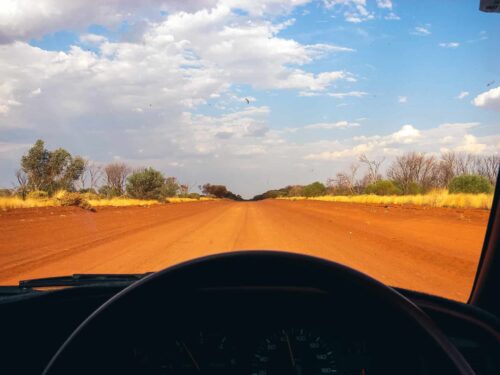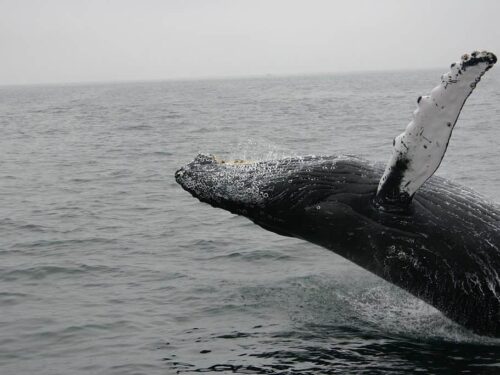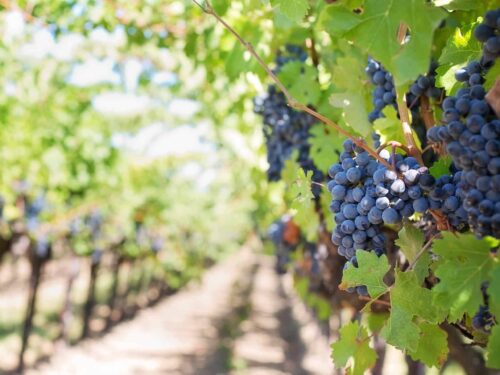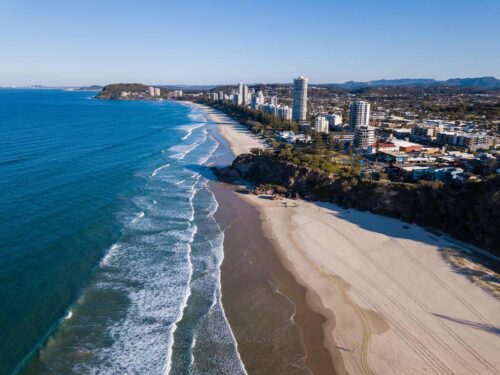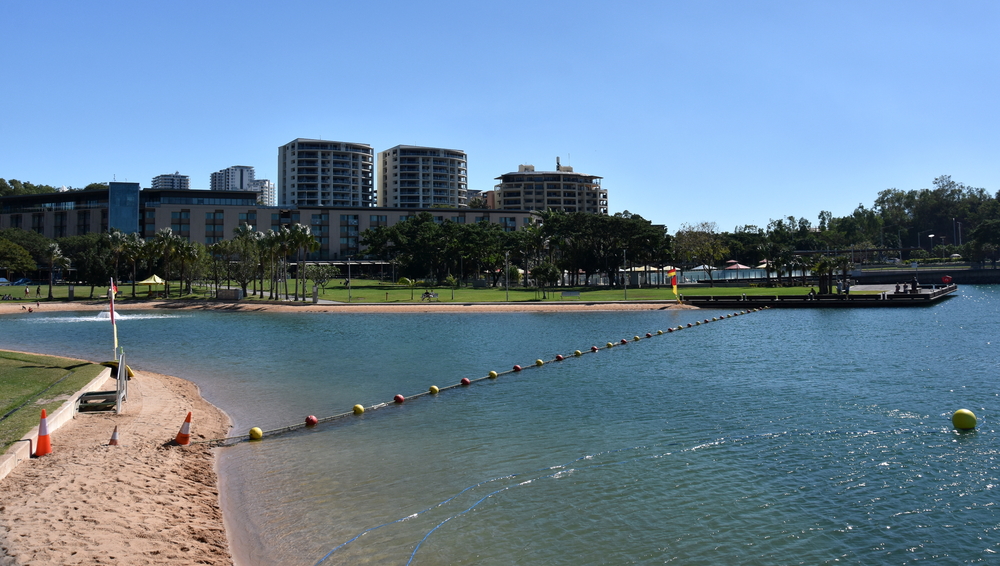
Darwin is a small yet cosmopolitan city. People from more than 50 nations make up its population of 110,000. It is on the Timor Sea (a branch of the Indian Ocean) in north-central Australia. Darwin is the tropical capital city of the Northern Territory.
Darwin is notable amongst the capital cities in Australia for its relaxed lifestyle and unique multiculturalism, where people from over 50 different cultures live and work side by side.
The regular Asian-style markets that form an instrinsic part of the everyday Darwin landscape for local residents see food, music, language, and culture from just about every Asian nation, alongside crocodile hunters, local Aboriginal artists, musicians of every genre, sports fishing operators, sunset sails, and families with children playing on the beach.
Thanks to this diverse mix, there are many things to do in Darwin.
See also Darwin’s Popular Roadkill Cafe

A brief history of Darwin
Darwin’s unique cosmopolitan makeup has been recognised as an “multicultural icon of national significance” by the Australian National Tust. Darwin’s tropical climate has two major seasons, the ‘dry’, from about May to October, and the ‘wet’, from November to April. Major cyclones have occurred approximately once every three decades. Much of the city was destroyed by Cyclone Tracy in 1974.
Darwin is also the only Australian capital city to have come under substantial attack during a war. On 19 February, 1942, Japanese planes made two major air raids on Darwin from the aircraft carrier fleet that had attacked Pearl Harbor less than 3 months earlier. These were the first of 64 air attacks experienced by the city during World War II, the last being on 12 November, 1943. (Other areas in northern Queensland and northern Western Australia were also bombed by Japanese aircraft.)
Natural sights of Darwin, Australia
Among the top things to do in Darwin are visiting the many beautiful natural sights.
Berry Springs
The perfect swimming spot is only 45 minutes from Darwin city. Berry Springs Nature Park has shaded picnic and barbecue areas and be sure to keep your eyes peeled for local birds and wildlife. Bring along your goggles to explore the underwater world in the crystal clear pools.
Territory Wildlife Park
The Territory Wildlife Park is a popular attraction, home to monsoon and paperbark forests and a wetlands walk. You can stand nose-to-nose with a 3.7 metre saltwater crocodile on a walk through the aquarium tunnel. Don’t miss the twice-daily birds of prey show or animal encounters presentation.
Bicentennial Park
This scenic stretch of parkland along The Esplanade overlooks Darwin Harbour. It’s a great place to kick a footy, soak up some rays or have a picnic while watching the sun set.
George Brown Darwin Botanic Gardens
A stone’s throw from the city centre are 42 hectares of gardens that showcase local flora and that of other tropical habitats around the world. Explore monsoon forests, coastal foredunes and open woodlands on a stroll through the botanic gardens.

Lake Alexander
An ideal spot for swimming all year round, Lake Alexander is popular for picnics and barbecues. Spend the day by the water, have a game of volleyball and tire the kids out on the playground.
Casuarina Coastal Reserve
The Reserve encompasses 1500 hectares, including 8 km of sandy beaches bordered by dramatic cliffs. Stretch your legs on one of the walking paths or grab a table and settle in for a barbecue under a shady Casuarina tree.
Charles Darwin National Park
Shell middens in the area indicate that it has been used by Aboriginal people for thousands of years. The Larrakia people are the traditional owners of the land. During World War II, this area was part of a network of military sites that formed Australia’s front line of defence, and as a result there are many bunkers and storage facilities remaining.
Litchfield National Park
Litchfield National Park is in the Northern Territory (Australia), 69 km south of Darwin – it makes for a great day trip from Darwin!
For visitors, Litchfield National Park’s main attractions are permanent spring fed waterfalls (Florence, Tolmer and Wangi); the clear pools of water they cascade into; cascades at Buley Rockhole; magnetic termite mounds; and a wildlife cruise along the majestic Reynolds River.
During the hot dry season the park is a magnet for people looking for a refreshing swim. Crocodiles do not seem to be as much a threat in Litchfield as they are in other Darwin top end parks, such as Kakadu National Park.
Other features of the park include the termite mounds and the “Lost City”, an area of bizarre sandstone block and pillar formations which have been sculpted by wind and rain over thousands of years.
The Northern Territory supports a wide diversity of native animals including birds, insects, reptiles, marsupials and mammals. This tropical environment is prolific with barramundi and produces the most exciting sportfishing in Australia.
There is no entry fee for the National Park. Camping fees are charged per person per night.
The National Park has a network of sealed and unsealed roads. The northern end can be visited by 2WD on bitumen roads. To visit the southern end, it is necessary to have a 4WD due to several river crossings and the variable nature of the road conditions. Note that during the wet season (Dec-Mar) access by road may be not be possible as the 4WD tracks are closed due to flooding.
Historical sights in Darwin
Darwin is also packed with history, here’s where to get your history fix in Darwin.
World War II Oil Storage Tunnels
Hidden deep beneath the city is one of the most interesting historical sites in Darwin. The World War II Oil Storage Tunnels were built during World War II due to the vulnerability of standard storage tanks to aerial attacks. Delays and the failure to properly seal the tunnels from water meant that they were never used for their initial purpose. Two of the tunnels are open to the public and feature an awesome collection of photographs of life in Darwin during World War II.
East Point reserve
East Point Reserve, just north of the city, is filled with walking trails and cycling paths. The area is also home to Darwin’s East Point Military Museum. Here you can check out WWII relics and watch footage of the Darwin bombing. Go near dawn or dusk to see Agile Wallabies.
Darwin Wharf Precinct
At 9.58AM on February 19, 1942, the wharf was a target for Japanese bombs, which claimed the lives of many service personnel and waterside workers. Many of the historical landmarks remain and can be explored today.

Fannie Bay Gaol
Fannie Bay Gaol operated as Darwin’s major prison for almost 100 years from 1883. Two maximum security wings were added during the 1950s and the gallows were used for executions until 1952. The building’s grim and oppressive history can be felt as you walk through.
Australian Aviation Heritage Centre
The Australian Aviation Heritage Centre, houses an impressive collection of the Territory’s aviation history and reminds us of Darwin’s frontier role in World War II. To fully appreciate all the centre has to offer, allow yourself at least an hour and a half. Take advantage of the guided tours, video presentation and range of souvenirs. entry fees apply.
Burnett House at Myilly Point
Architect B.C.G. Burnett designed homes adapted to the climatic conditions of the Top End, which included the use of lightweight materials and natural ventilation. It is worth leaving your visit to Myilly Point until Sunday afternoon, when you can take High Tea in the shady tropical gardens at Burnett House.
Browns Mart
Browns Mart is a stone building that was opened in 1885 as the store ‘Solomon’s Emporium’. It played many roles over the years, but today has become a cultural and historic icon of the city that is regularly used for theatre and performances.
Adelaide River War Cemetery
During World War II, Adelaide River township was the site of a large military base. The war cemetery created there is now the final resting place for 434 military personnel and civilians involved in the war effort. The cemetery is set in lush surrounds alongside the Adelaide River with beautifully tended gardens providing a peaceful backdrop for remembering the fallen.
Lyons Cottage
Lyons Cottage, overlooking Darwin Harbour on The Esplanade, was built in 1925 to house staff working on the submarine cable that connected Australia with Britain. Also known as British Australia Telegraph (BAT) House, Lyons Cottage survived the Japanese bombing raids of 1942 and 1943 and escaped structural damage from Cyclone Tracy in 1974. The Cottage today houses a collection of Aboriginal and European photographic displays.
The Old Court House and Police
Built in 1884 for the South Australian Government, these colonial style buildings made from local stone have housed criminals, the Navy and today the NT Administrator’s Offices. Restored after damage by Cyclone Tracy, these buildings are a stark reminder of the Darwin of yesteryear.

